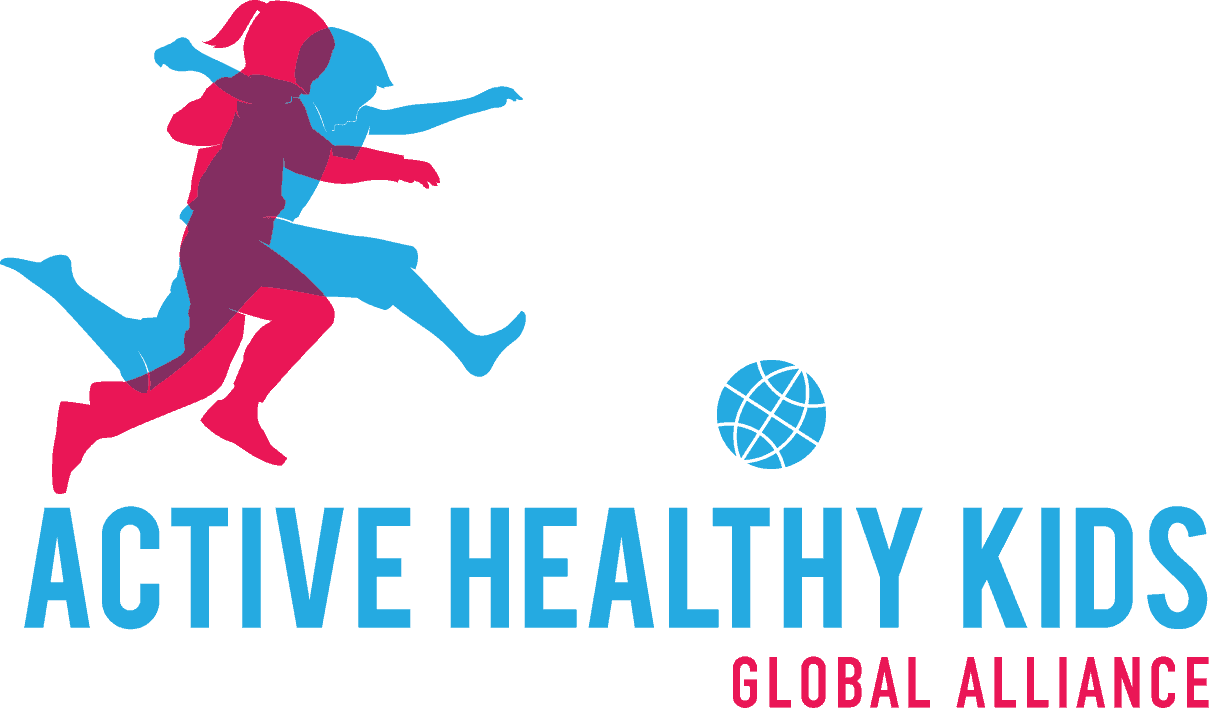
26 Nov Childhood physical inactivity reaches crisis levels around the globe
Report compares 49 countries; says 75% of countries have failing physical activity grades
NOVEMBER 27, 2018 – ADELAIDE, Australia – Children around the world are not moving enough to maintain healthy growth and development, according to a global report released today.
The report by the Active Healthy Kids Global Alliance (AHKGA) compared 49 countries from six continents to assess global trends in childhood physical activity in developed and developing nations, resulting in the “Global Matrix 3.0” comparison of grades.
The report revealed that modern lifestyles – increases in screen time, the growing urbanization of communities and the rise in automation of previously manual tasks – are contributing to a pervasive public health problem that must be recognized as a global priority.
“Global trends, including excessive screen time, are contributing to a generation of inactive children and putting them on a dangerous path,” said Professor Mark Tremblay, President of the AHKGA and Senior Scientist at the CHEO Research Institute in Canada. “We have a collective responsibility to change this because inactive children are at risk for adverse physical, mental, social and cognitive health problems. This generation will face a range of challenges, including the impacts of climate change, increasing globalization, and the consequences of rapid technological change. They will need to become habitually physically active in order to grow into healthy, resilient adults who can survive and thrive in a changing world.”
The AHKGA international comparison involved 517 experts who produced 49 country report cards, grading 10 common indicators related to the physical activity of children and youth. The resulting report examines global patterns, and highlights how our changing world is affecting children’s physical activity levels. Increases in screen time and a growing reliance on technology are taking up crucial time that could be better spent engaged in a wide range of physical activities; and an increased use of motorized transport is changing physical activity levels globally.
“Pushing back against these lifestyle shifts requires social engineering, not just built engineering, and the challenges vary depending on each country’s stage of development,” said Dr. Tremblay. “It will take many facets of society working together to shift behaviours to preserve and promote our children’s right to play and be active. We hope this report will be a call to action for societies around the world.”
Learning from each other
Countries with the most active children and youth overall, including Slovenia, Zimbabwe and Japan, each rely on very different approaches to get kids moving but what is consistent among all of them is that physical activity is driven by pervasive cultural norms. Being active is not just a choice, but a way of life.
- Slovenia obtained the best grades for Overall Physical Activity (A−), Family and Peers (B+), and Government (A), and received an overall average grade of B.
- A notable feature in Slovenia is the importance of sport for the culture of this almost 30-year old country as “Slovenes tend to view sports as an effective tool in fostering national identity among citizens and making successful global identity claims.”
- Zimbabwe reports above-average grades in Overall Physical Activity (C+) and Sedentary Behaviours (B).
- Overall physical activity is mostly affected by active transportation which, for the majority of the children in Zimbabwe, is a necessity in everyday life.
- Japan had the best grades for Active Transportation (A−) and Physical Fitness (A), and had no grades lower than C−.
- Japan has a highly established “walking to school practice” that has been implemented since the School Education Act enforcement order, enacted in 1953. It states that public elementary schools should be located within no more than 4 km, and for public junior high schools no more than 6 km from the student’s home.
“There much we can learn from each other to improve the grades around the world,” said Professor Peter Katzmarzyk, AHKGA Vice-President and Associate Executive Director for Population and Public Health Sciences at the Pennington Biomedical Research Center in Baton Rouge, Louisiana. “Physical inactivity is a global concern and can no longer be ignored. For the good of our children’s health and futures, we need to build physical activity into all societies, and change social norms to get kids moving.”
About the Global Matrix
The global comparisons were led by the Active Healthy Kids Global Alliance (AHKGA; www.activehealthykids.org), a not-for-profit organization dedicated to powering the movement to get kids moving. Each country’s research process to determine grades was based on the framework from the ParticipACTION Report Card on Physical Activity for Children and Youth. Ten common indicators were compared: Overall Physical Activity, Organized Sport and Physical Activity, Active Play, Active Transportation, Sedentary Behavior, Physical Fitness, Family and Peers, School, Community and Environment, and Government. Report Cards from each of the 49 countries, as well as the results of the global comparisons, were presented at the opening plenary of the Movement to Move Conference in Adelaide, Australia and published in the Journal of Physical Activity and Health on November 27, 2018. Complete details of the Global Matrix 3.0, each country’s grades, report cards, priorities for action, quotes from country leaders and more are available at www.activehealthykids.org. The “Global Matrix 1.0” (2014, 15 countries) and “Global Matrix 2.0” (2016, 38 countries) findings are also available on the AHKGA website.
The AHKGA is committed to informing, guiding and facilitating solutions to the global childhood inactivity crisis. This Global Matrix 3.0 confirms there are challenges for children, communities and cultures around the world. Identified priorities for action include:
- Creating a global movement for comprehensive school physical activity programs that support and allow ALL children and youth to meet the physical activity guidelines through a variety of strategic interventions (e.g., active recess options, physical activity breaks, compulsory physical education).
- Creating a global culture of active kids / active people in all settings, prioritizing active transportation above other modes of transportation.
- Investing in comprehensive social interventions and research to improve implementation and uptake strategies to manage recreational screen time among children and youth.
- Developing a standardized global surveillance system of the physical activity and related indicators among children and youth to fill the current gaps, especially in low- and medium-income countries.
Further information on solutions to “improve the grade” is available at:
www.activehealthykids.org
www.participaction.com/en-ca
www.isca-web.org/english
www.who.int/ncds/prevention/physical-activity/en
For more information, please contact:
Dr. Mark Tremblay
President, AHKGA
mtremblay@cheo.on.ca
Aynsley Morris
Director of Communications, CHEO Research Institute
amorris@cheo.on.ca
+1-613-737-7600 x4144
Please see the Global Matrix page for a complete table of grades from all countries.


